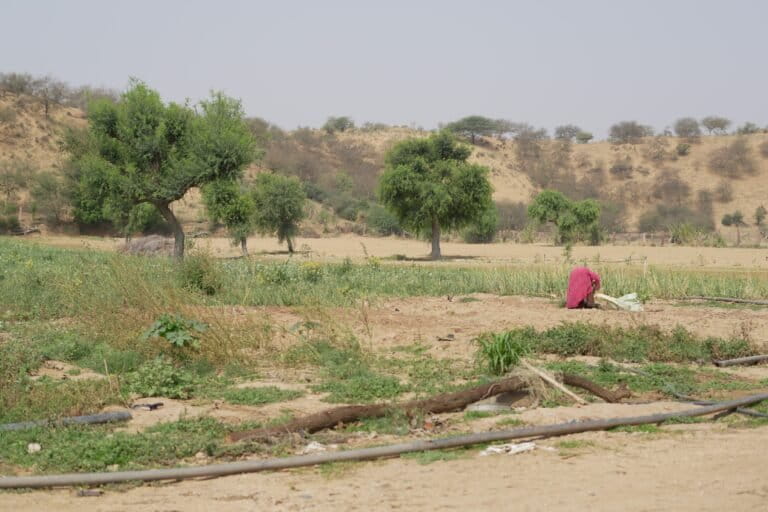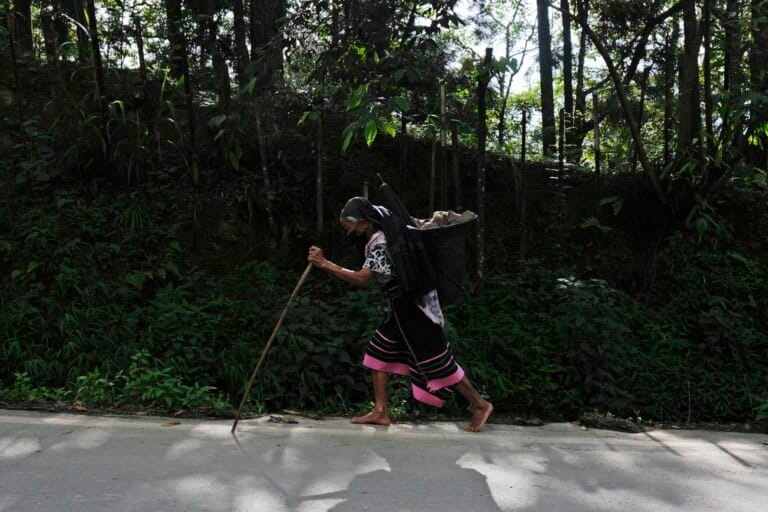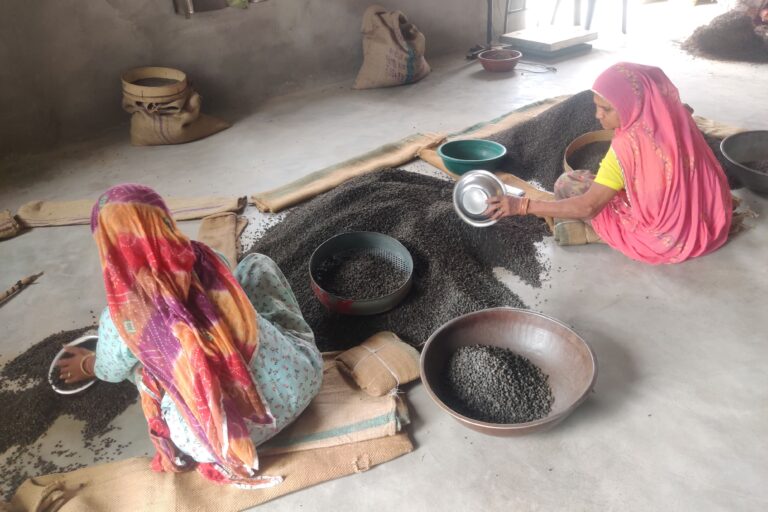- Heat waves in India are getting worse year on year, and are reshaping women’s health over time, from menstruation through pregnancy and into menopause.
- Despite mounting evidence, women’s health remains absent from climate conversations. This is especially worrying in India, where women are highly vulnerable across both paid and unpaid work.
- India must treat women’s health as central to climate resilience. This means investing in better data and mainstreaming women’s health in climate action policies.
- The views in this commentary are that of the author.
India has just emerged from yet another punishing summer. While the early monsoons have brought some relief, the country is still reeling from the relentless grip of heat waves that swept through a few weeks ago. In the northwest, temperatures in Rajasthan reached nearly 50°C in June. Earlier in the year, across central and eastern states, including Uttar Pradesh, Bihar, Jharkhand, Odisha, and West Bengal, the heat remained well above normal for weeks.
As climate change accelerates, there’s no doubt the risks are growing. January 2025 was the hottest ever recorded, globally, with global average surface temperatures 1.75°C above pre-industrial levels. If the current trends continue, heat waves are likely to become not only more frequent but also more intense and harder to recover from. A recent study warns that some Indian cities could see twice as many heat wave days in the coming years.
While public health discussions have rightly focused on impacts such as heatstroke and dehydration, a critical yet underexplored dimension is the effect of heat on women’s health, specifically reproductive health. India has approximately 353 million women of reproductive age (15-49 years), comprising nearly a quarter of the population. While the country has made real progress in improving maternal health, the growing risks that climate change poses to women’s health are still a missing piece.
Hormones under heat
There is growing evidence that rising temperatures could affect certain aspects of reproductive health in women. Heat stress is known to interfere with the endocrine system, which disrupts hormonal balance. This could potentially contribute to irregular menstrual cycles, heavier or more painful periods, and, in severe cases, it may lead to amenorrhea (absence of menstruation). Anecdotal evidence and research suggest that extreme heat can also intensify premenstrual symptoms (PMS) by increasing underlying stress. High temperatures can trigger stress responses in the body, leading to increased cortisol levels, irritability, and anxiety, especially in hot environments, according to a study. This psychological stress, notes the study, could worsen PMS symptoms.
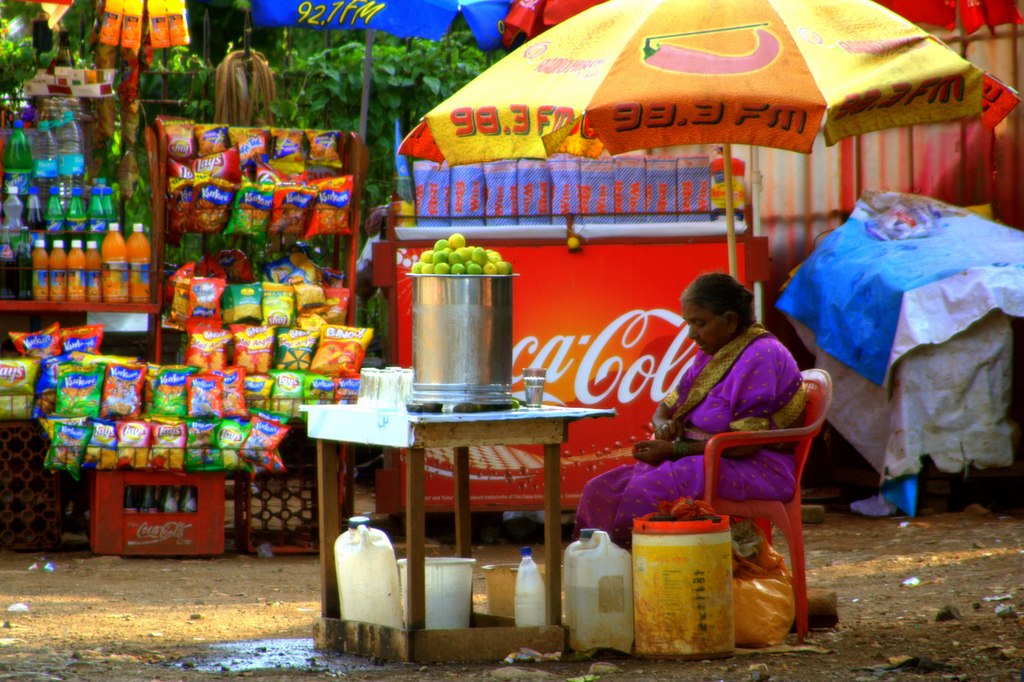
The situation gets even grim when it comes to pregnancy. There are studies in South Asia and other lower-income countries that show that high ambient temperatures increase the risk of poor birth outcomes such as extreme low birth weight and stillbirth, depending on exposure duration and intensity. An Indian based study conducted in Tamil Nadu further echoes these findings, stating that excessive occupational heat exposure leads to poor pregnancy outcomes.
Furthermore, heat also intensifies menopausal symptoms such as hot flashes, insomnia, and mood fluctuations. For women already going through this transition, working in high temperatures can turn daily chores into a battlefield.
Why India should be alarmed
States such as Uttar Pradesh, Bihar, Odisha, Rajasthan, and Madhya Pradesh face recurring heat waves each summer. They also have some of the highest maternal mortality ratios, raising concerns about overlapping climate and health vulnerabilities.
In India, women’s working conditions put them at a high risk of heat exposure. The Economic Survey 2023–24 reports that women make up 64.4% of India’s agricultural workforce, and about 61% of non-agricultural female workers are employed in the informal sector. Most of this work takes place outdoors, often without shade, rest breaks, or access to cooling. As a result, millions of women are directly exposed to rising temperatures, making them especially vulnerable during heat waves.
But that doesn’t end there. Women are also disproportionately affected when unpaid care work is taken into account. In India, women spend an average of 137 minutes per day on unpaid caregiving tasks, compared to 75 minutes for men. In addition, many women, especially those in the informal sector, work in hot, enclosed, and poorly ventilated spaces. When these situations converge, they compound the health risks the women face.
This is where energy poverty becomes a mounting threat. Without access to reliable cooling, everyday chores turn into hours of heat exposure. A recent study found that women account for 55% of the population most at risk from extreme heat in the country.
The toll is already visible. Between 2010 and 2019 in India, temperature-related deaths among men fell by nearly 19%. In contrast, they rose by almost 10% among women in this period.
A 2023 report warns that, if current climate trends continue, heat-related deaths among Indian women could double by 2050.
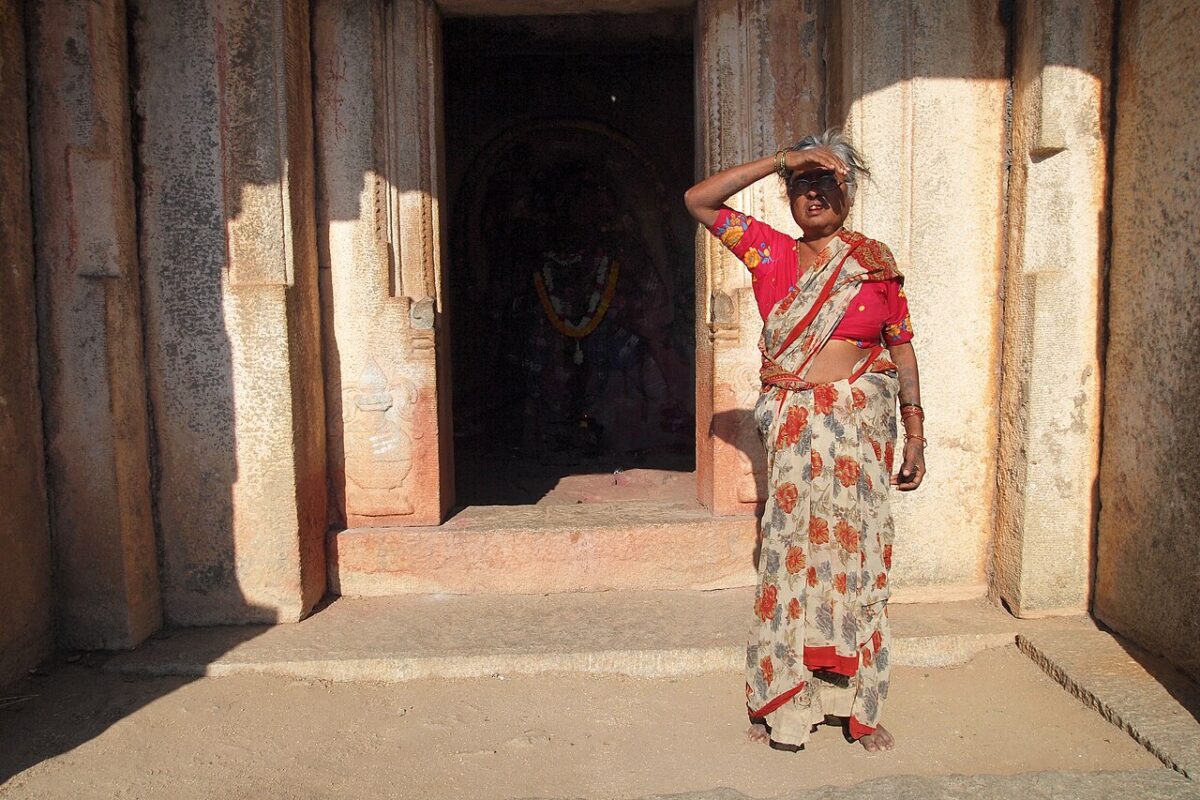
The policy blind spot
Over the past decade, India has made significant progress in addressing the rising heat. More than 100 cities now have Heat Action Plans (HAPs), and a few states have started to bring gender into the conversation. Odisha, Uttar Pradesh, and Haryana, for instance, have incorporated gender-sensitive elements, such as public awareness campaigns for women and early efforts to integrate gender into heat resilience planning.
On the reproductive health front, India has also made progress. For instance, the maternal mortality ratio (MMR), a key indicator of reproductive health, has dropped from 130 per 100,000 live births in 2014–16 to 93 in 2019–21.
However, this progress, on heat and health, sits in silos. Major health programmes like the National Health Mission do not factor in environmental stressors like heat. At the same time, climate policies such as the National Action Plan on Climate Change (NAPCC) recognise the gendered impacts of climate change but look at women as passive victims, rather than also mainstreaming gender at levels of planning.
Moving forward
Heat’s impact on aspects of reproductive health is just one part of the larger story of how rising temperatures affect women differently. As India expands its Heat Action Plans across more cities, it becomes crucial to integrate health into the core of climate planning, doing so with a clear gender focus.
These plans can begin by identifying high-risk groups and creating heat advisories for those most exposed, such as pregnant women and informal workers. Women at home cannot be left out. The intersection of energy poverty and unpaid care work must be acknowledged and addressed within Heat Action Plans.
On the ground, frontline health workers, such as ASHAs, can play a vital role in identifying and responding to heat-related health issues in rural and semi-urban areas where services are limited.
Cities can also explore appointing women heat officers that can connect communities with local authorities and help design responses that reflect the realities of women’s lives and work. In recent years, the appointment of ‘heat officers’ in cities like Miami, Athens, and Dhaka has emerged as a promising model of local climate leadership.
To make these efforts effective, India needs better data. Gender-disaggregated research can help uncover how heat affects different stages of women’s health, beginning from menstruation to menopause. Without this information, the risks remain hidden.
Lastly, making real progress will depend on getting different ministries to work together. The Ministry of Health and Family Welfare, the Ministry of Women and Child Development, and the Ministry of Environment, Forests, and Climate Change all need to communicate with each other. Without coordination, policies, however well-intentioned, will remain in silos and leave critical gaps unaddressed.
The author works with Observer Research Foundation and writes on gender, climate change, and development with a focus on the Global South.
Banner image: A woman stops to drink water from a public tap on a hot summer day in Prayagraj in 2024. (AP Photo/Rajesh Kumar Singh)










